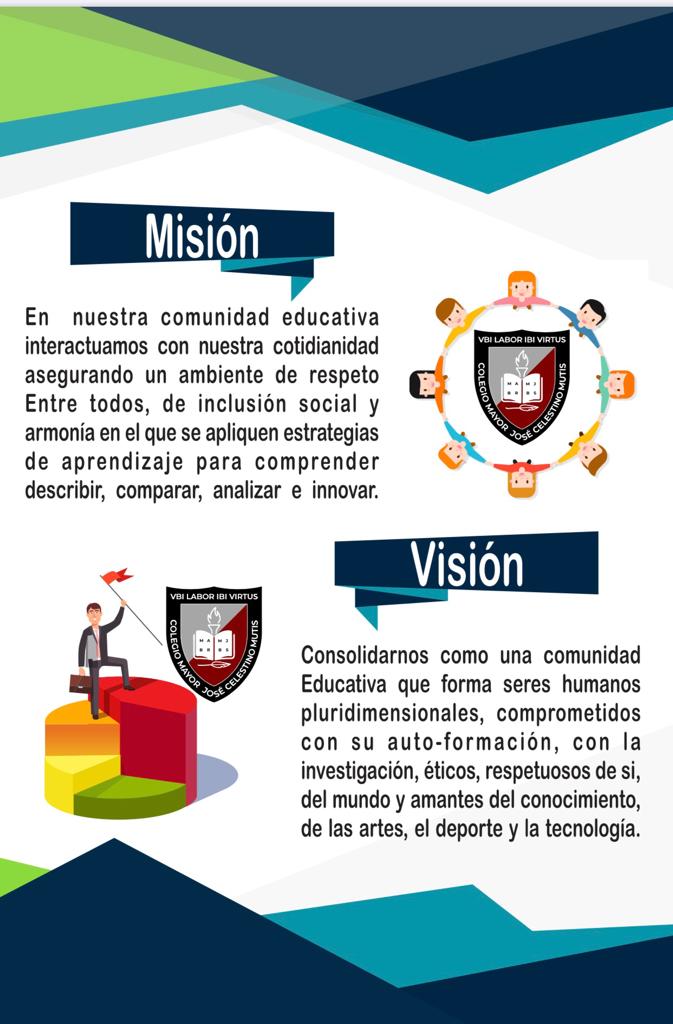Each model offers unique insights and can be tailored to suit different industries and business needs. If you’re building some assumptions about future revenue (bottom-up approach) and need to pull some realistic sales forecasts, https://thecupertinodigest.com/navigating-financial-growth-leveraging-bookkeeping-and-accounting-services-for-startupsas-a-startup-owner-you-know-that-the-accounting-often-receives-less-attention-than-immediate-priorities-produc/ you can do some research on the Bureau of Labor Statistics website. Look at industry average sales numbers in the Consumer Expenditures report, go to the Industry at a Glance page, or look at the Producer Price Indexes.
How to Project Sales for a Startup Business
These tools include regression analysis, moving averages, and exponential smoothing. By leveraging these tools, businesses can analyze historical data, identify trends, and make predictions based on patterns. Renewal bookings are crucial for maintaining revenue continuity in subscription-based businesses. Assess your historical renewal rates, customer satisfaction levels, and contract terms to model your future renewal bookings. By factoring in potential churn and renewal rates, you can accurately forecast your revenue streams and understand the impact of customer retention on your organization.
What Is Operating Profitability on a Balance Sheet?
- So, calculate what you are spending and the costs to be in business and to generate sales.
- Incorporate factors such as conversion rates, pricing changes, and market trends to estimate your future bookings accurately.
- If you’re receiving all of your money upfront, you’ll still be incurring costs to service that contract over the rest of its term, without receiving any additional cash inflow.
- Along with all other key SaaS metrics, there is no one industry definition for measurement.
- Whether it is driving demand, aligning demand and supply, or optimizing commercial initiatives, any planning process can be made faster and smarter with o9’s AI-powered digital solutions.
- This article dives deeper into why every member’s input matters when crafting a robust financial plan for your startup.
Forecasting future revenue can therefore help give you a series of reality checks about your business and its future. Fundraising doesn’t always involve startups that only have an idea at the moment. In such a case, it’s critical to make sure the forecast is based on historical data and implies a realistic revenue trajectory throughout the https://megapolisnews.com/navigating-financial-growth-leveraging-bookkeeping-and-accounting-services-for-startups/ years. Therefore instead of working from real-world data to build our income statements, startups have to use a handful of assumptions about these values to create a solid financial projection. By plugging these numbers into a sales forecasting template, startups can get sales projections for the next year, two years, and even five years.
Sales Forecasting
Revenue is the heart of every business and the foundation for its growth. In the same way, forecasting revenue is the core goal of every financial model. Such models not only showcase and explain a company’s strategy and the revenue streams fueling the business but also have an impact on the team’s growth and expenses.
FAQs About Startup Revenue Models
This way, you can be confident in knowing that your historical records are as accurate as possible. Revenue forecasts are useful both Navigating Financial Growth: Leveraging Bookkeeping and Accounting Services for Startups for startups and existing businesses. We’ll cover what a revenue forecast is, how to prepare one, and best practices to follow.
- Identify any bottlenecks or inefficiencies that may delay the invoicing process and impact your cash flow.
- By tracking these metrics, businesses can anticipate their cash flow and identify potential gaps or delays in revenue collection.
- Overall, having a clear revenue model is essential for startup founders to achieve success.
- Below, we’ll explain some of the nuances and main differences between top-down and bottom-up projections.
- As tempting as it is to take the money and run, a startup can’t afford to take on a customer at the cost of other customers.
- CLV guides resource allocation by showcasing the long-term value of acquiring and retaining customers, steering businesses toward sustainable growth.
Secret 1: Calculate your customers correctly
- Sometimes the metric can be further broken down by customer segment or product type, such as the ARPC for enterprise-level customers, or the ARPC for Product A.
- When analyzing payment terms, assess the average time it takes for customers to pay their invoices.
- These numbers are likely to change dramatically once you get going, but they are still needed and expected.
- A startup might start out using a transactional revenue model and shift to a subscription model later on.
- For example, if every September to November you see an uptick in your sales thanks to a popular annual festival, it’s safe to say you can expect the same rise in sales year over year.
- This empowers enterprises to proactively respond to changing market conditions, seize growth opportunities, and mitigate risks, ultimately fostering sustainable financial success.

